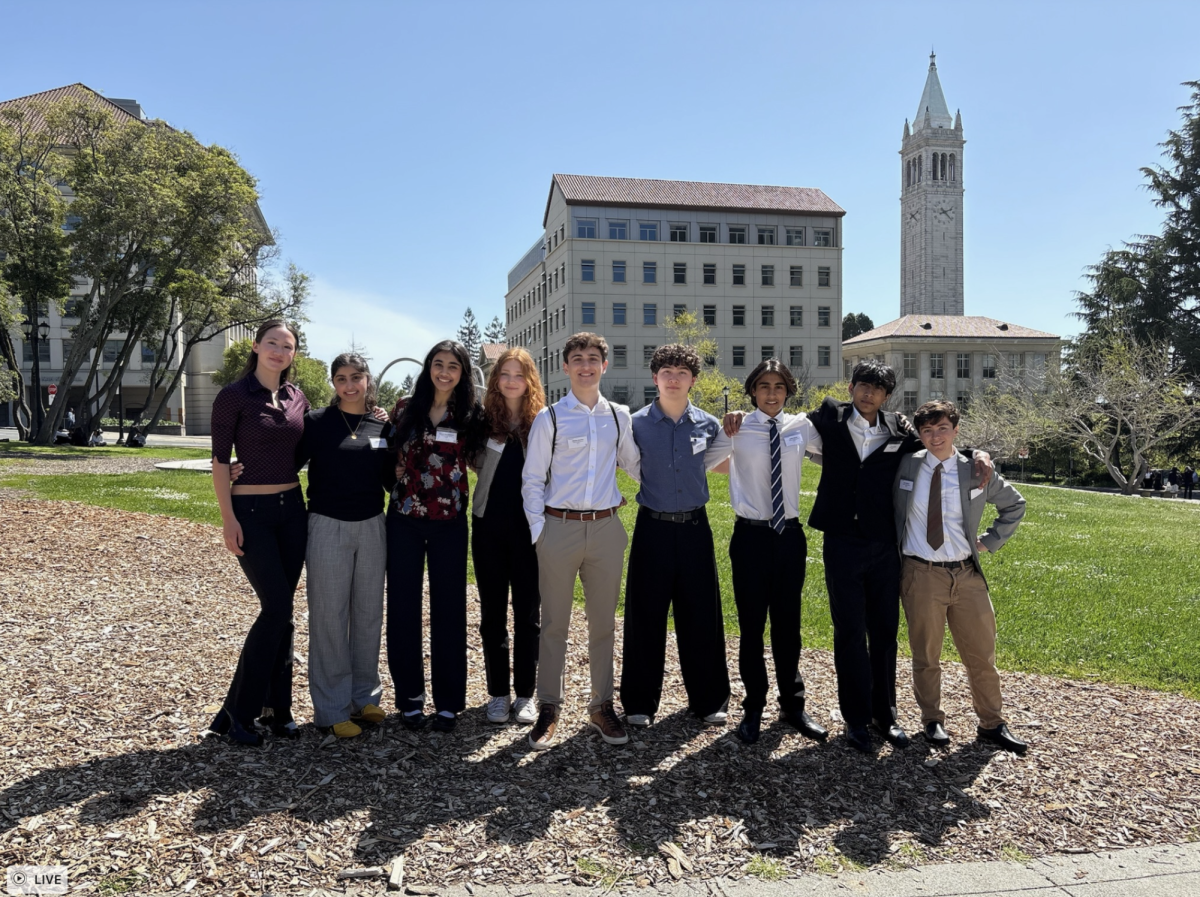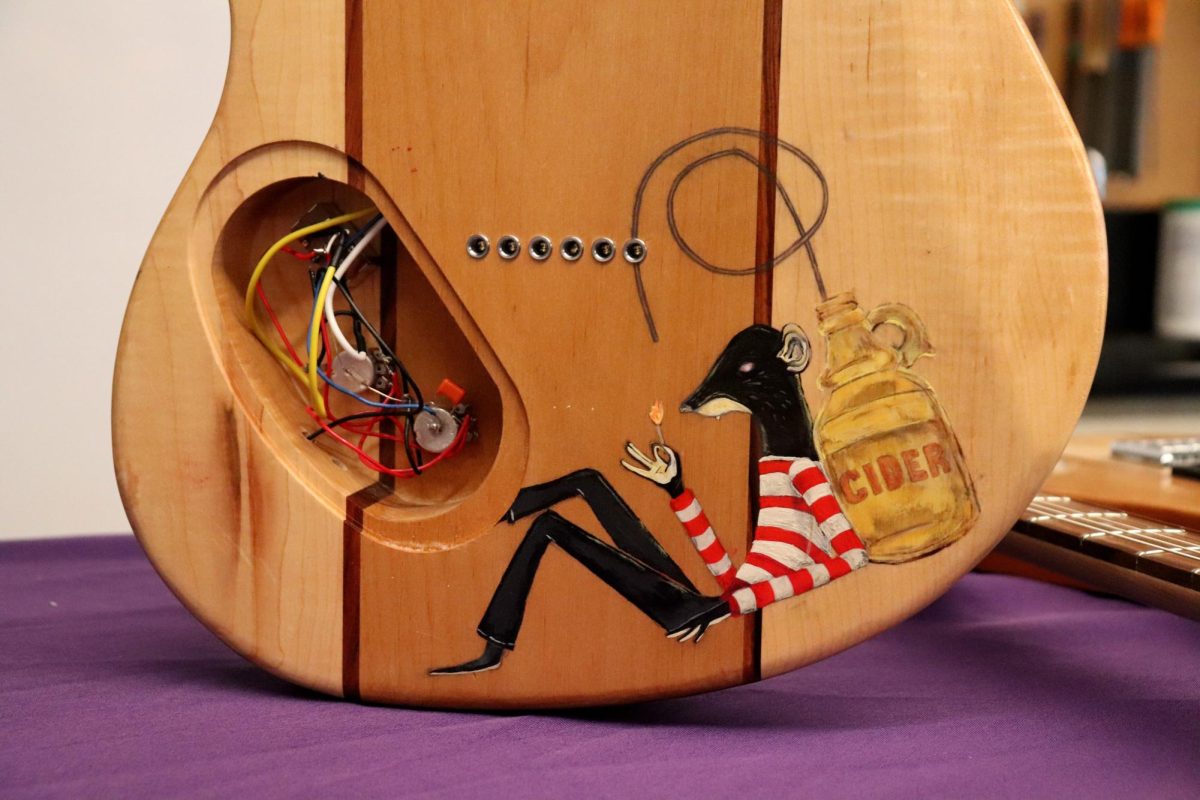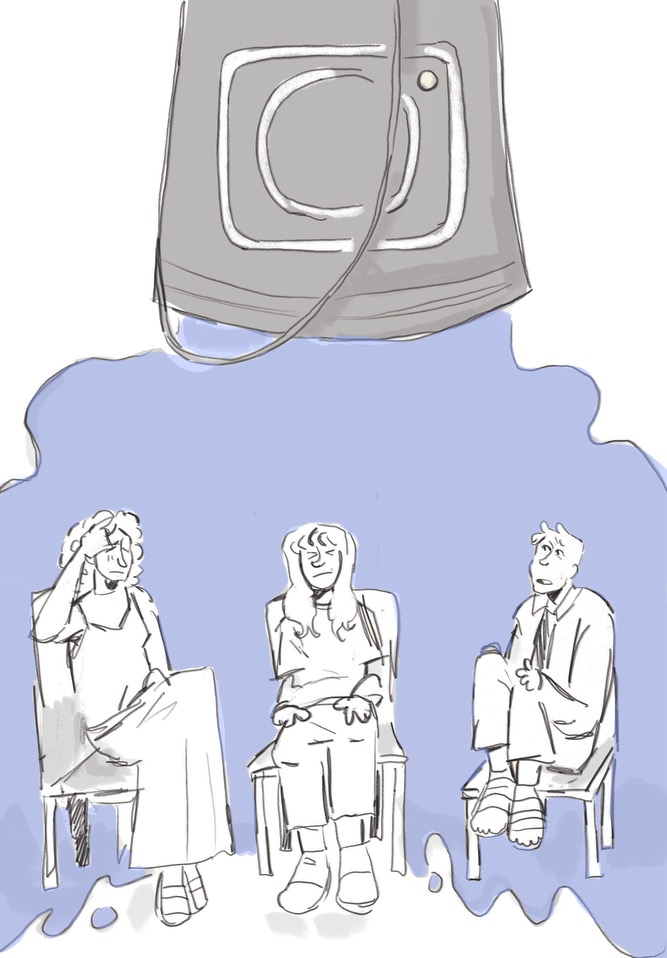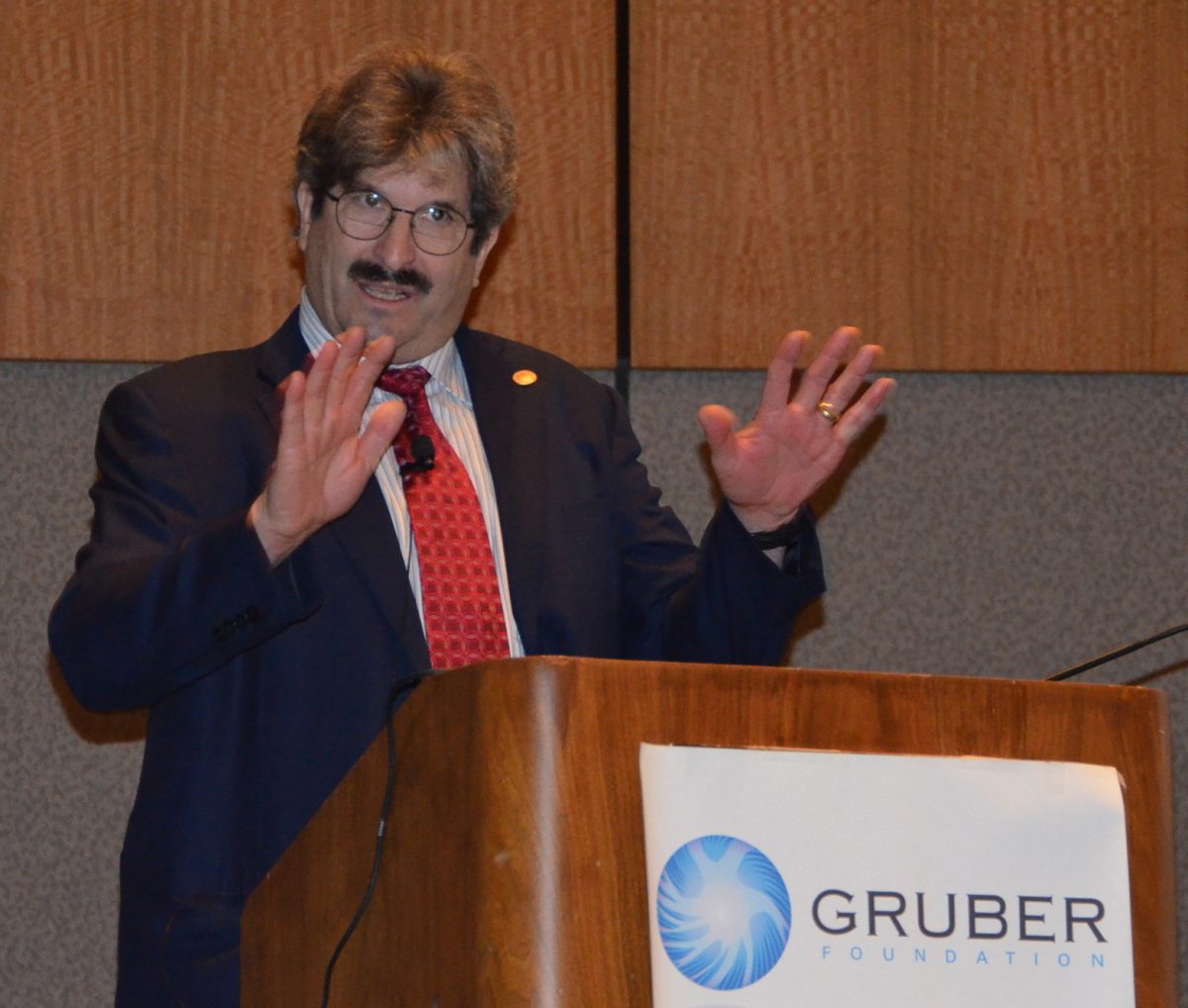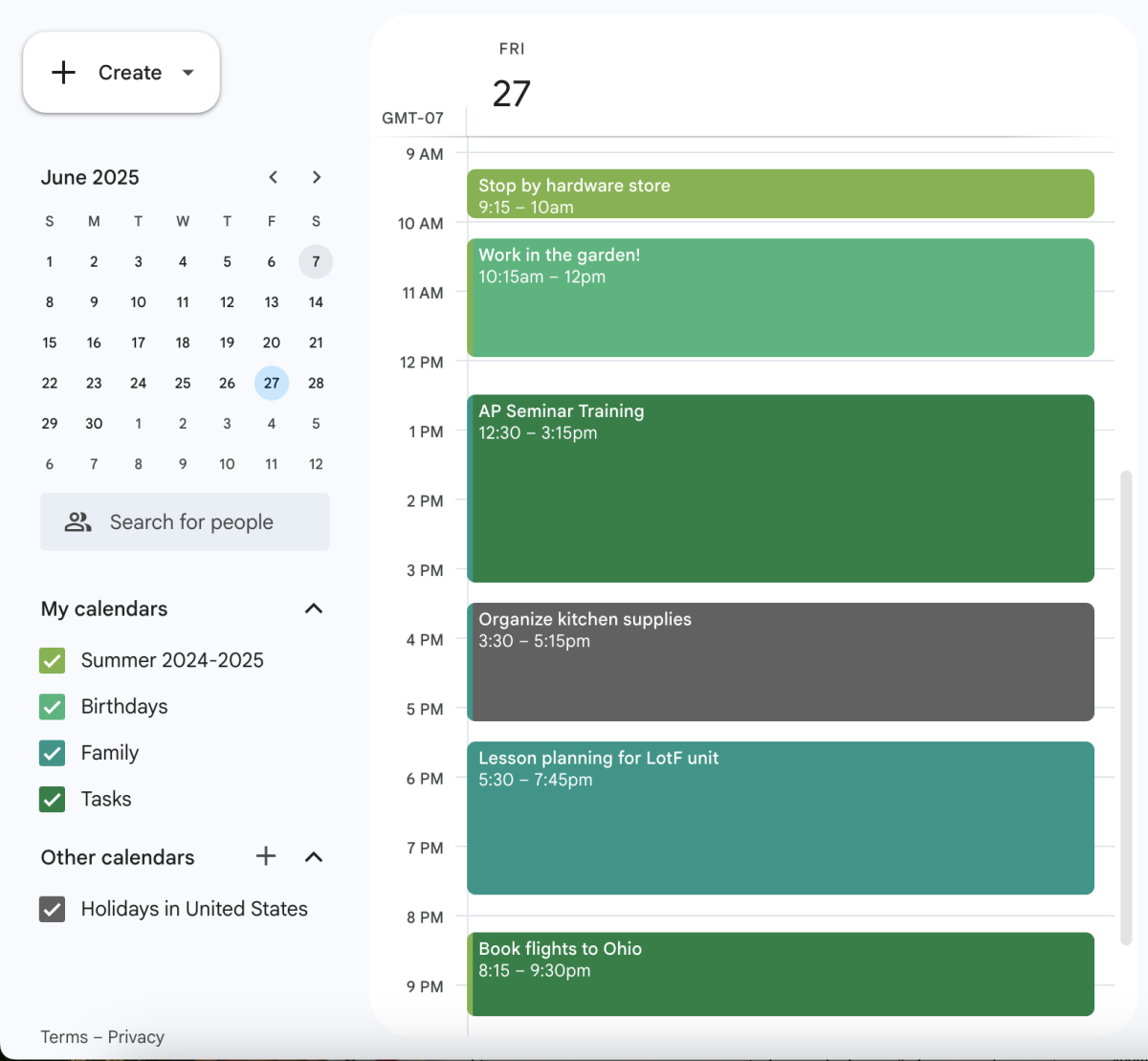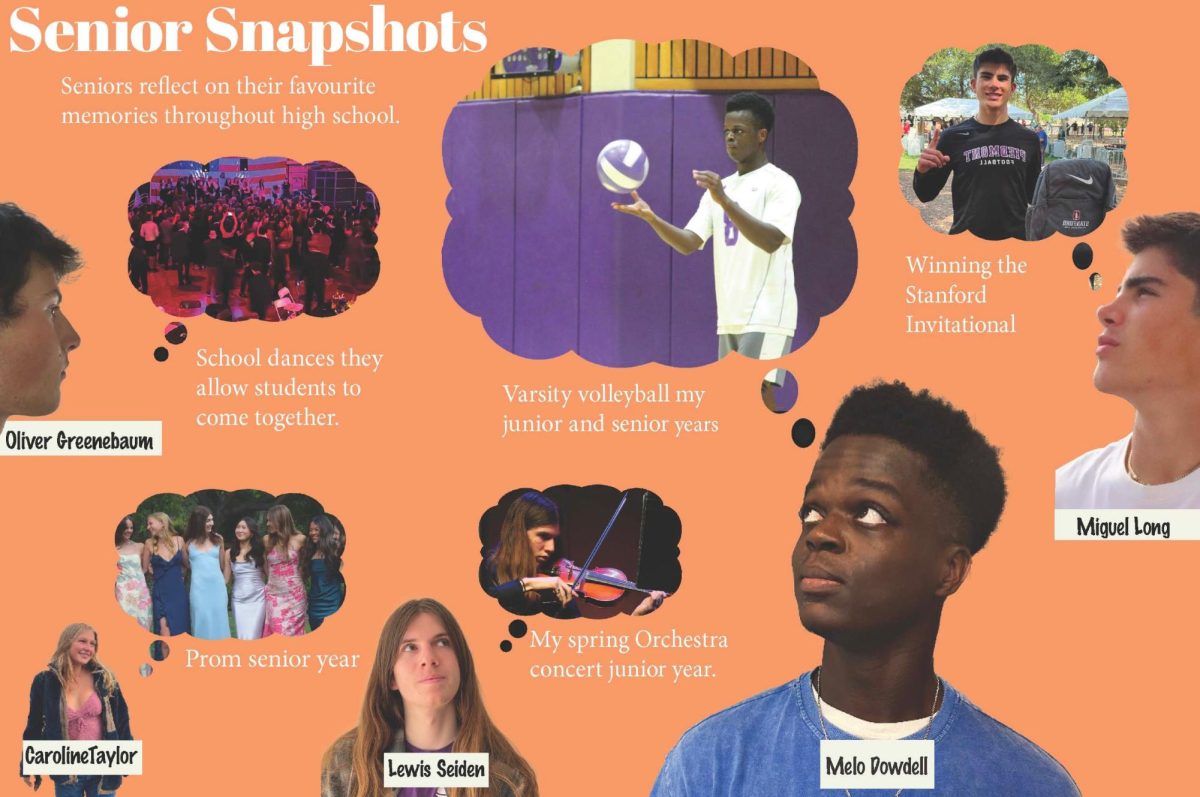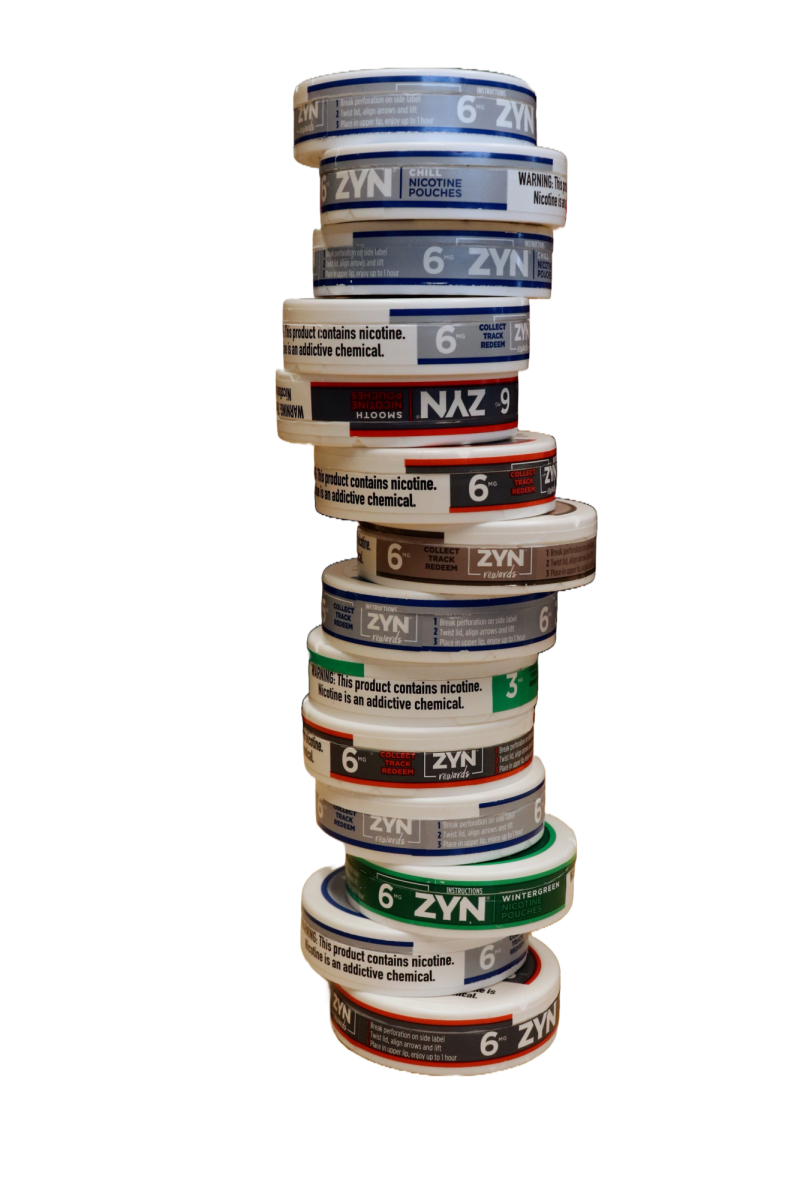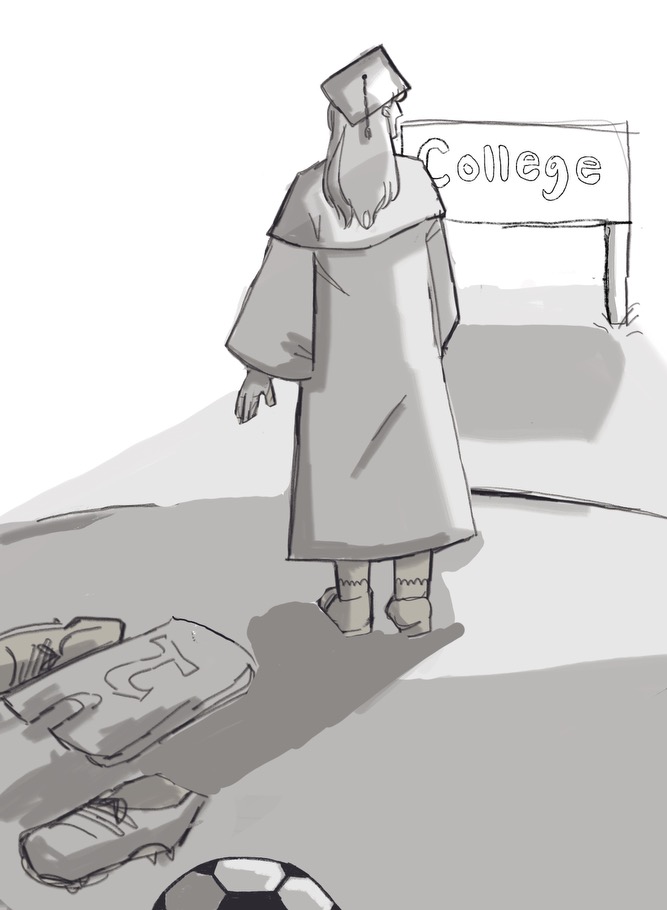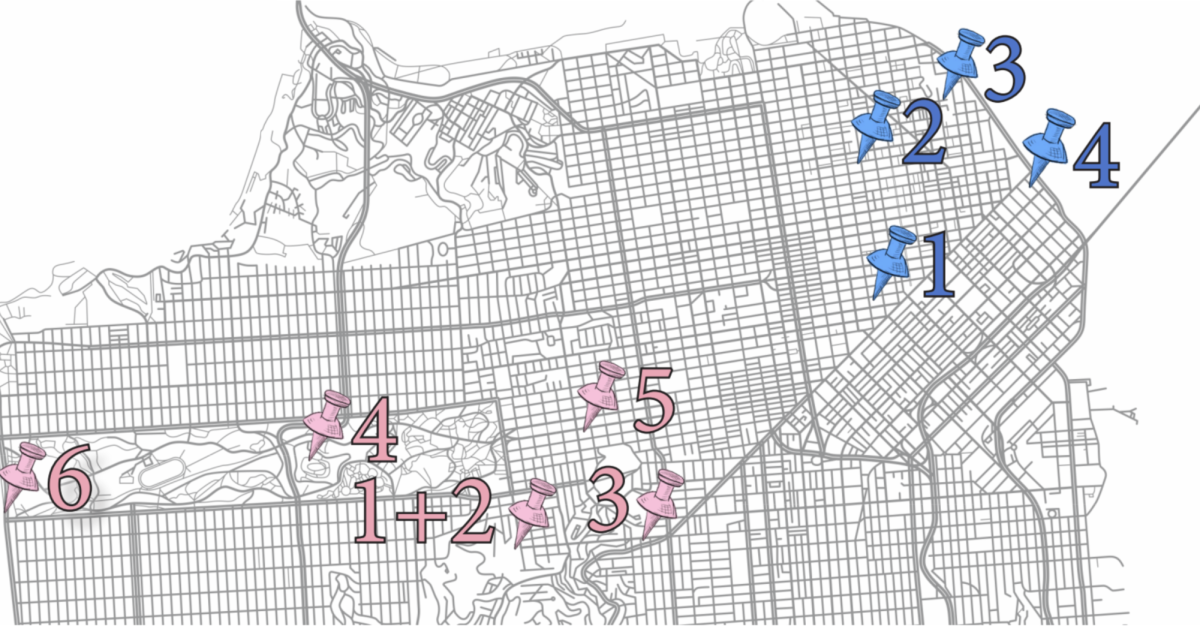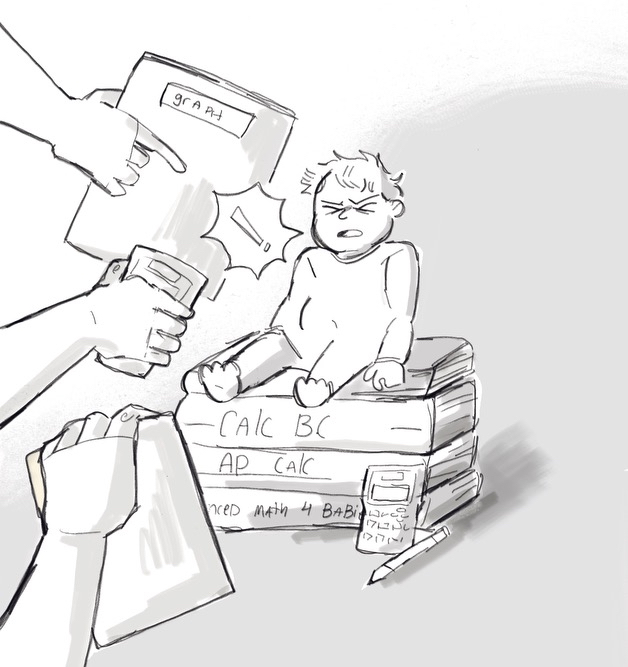 Sitting back on his light green sofa in jeans and blue Nikes, Pete Docter appears to be like any other person, and he is.
Sitting back on his light green sofa in jeans and blue Nikes, Pete Docter appears to be like any other person, and he is.
“I just do what I love doing,” said Docter, referring to his career.
But, as director, animator, screenwriter, producer, voice actor, and Creative Vice President at Pixar Animation Studios, his career is not the career of any other person.
Docter was the third animator to be hired at Pixar when he started there in the May of 1990, right after graduating from the California Institute of the Arts.
“Within the animation group at the beginning, it was pretty much just doing commercials and short films, basically to advertise the hardware and the software that they were making,” Docter said. “Nobody knew about Pixar.”
Despite Pixar’s undistinguished hold at the time on what Docter brands as “Hollywood animation,” within three years of working at Pixar, Docter was working on Toy Story. As supervising animator and story artist, he helped brainstorm the concept, coming up with phrases like “To infinity and Beyond!” and characters like Buzz Lightyear.
“All of these things became part of the film, and then part of popular culture,” Docter said.
After working on Toy Story, Docter led Monsters Inc., developing its concept, leading the crew, and eventually directing the whole film. He was also integral to the making of Toy Story 2 and Wall-E, writing their first treatments, as well as A Bug’s Life.
In 2009, Pixar released Up, a film that Docter directed and developed. Having been nominated for six Oscars before, in 2010, Docter won Best Animated Feature for his work on Up.
“It was pretty crazy,” Docter said. “The really incredible thing with Up was that we got nominated for Best Picture. Up to that point, the only other animated film to do that had been Beauty and the Beast. Just to have been considered amongst one of the top films of that year was amazing.”
Growing up, Docter did not watch the Oscars and did not even plan for a specific career in animation. He just followed his interests.
 “I was huge into Peanuts, the comic strip by Schulz,” Docter said. “I still love it. His very, very simple characters had such distinct personalities, you could immediately tell who would say what line. I copied those for a long time, and then started making my own comic strips, trying to figure it out.”
“I was huge into Peanuts, the comic strip by Schulz,” Docter said. “I still love it. His very, very simple characters had such distinct personalities, you could immediately tell who would say what line. I copied those for a long time, and then started making my own comic strips, trying to figure it out.”
Starting in fourth grade, Docter felt driven to animate. He could not draw very well, but as soon as he figured out that he could make things look like they were moving by drawing one frame after another, slightly different each time, making flipbooks became huge for him.
“I spent a lot of time on that. I did tons and tons of stuff just because I loved it,” Docter said. “I felt driven to do it. Drawing, animating, and puppeteering was kind of my way to reach out and communicate to people, and that’s what I’m still doing now.”
Docter said his parents were very supportive of his passions, letting him do weird things like paint murals on the walls. In school, Docter would substitute doing assignments such as essays with comic books. He would have all of the facts and research, but he would draw it.
“Even though I had this intense interest from a young age, I didn’t really think of steps to get where I wanted to go,” Docter said. “I didn’t really think about doing anything with it [career-wise] until way late.”
After a year of studying philosophy at the University of Minnesota, Docter decided he was ready to take on character animation at the California Institute of the Arts, one of the only schools that had such a program.
“From that point on I knew I wanted to do something [with animation],” Docter said. “I didn’t know what or where, but CalArts was a good place to go because it was really the only place to go, and it attracted all these people who were big in animation. By the time I got there it had already established a reputation as, if you want to get into Hollywood animation that’s where you go.”
At CalArts, one of Docter’s tasks was to make his own short film. He made three and was lucky enough to have all of them tour in Spike & Mike’s Festival of Animation. The festival toured around the country, showing eclectic shorts from around the world. As this was before YouTube, Docter said that festivals like these were the only way for people to see animated shorts like these.
“I’m fortunate because the short films I had done were in the same showings as some of the Pixar shorts, like Luxo Jr. and Tin Toy,” Docter said. “So, I got to see theirs, and they got to see mine.”
After seeing Docter’s films, Chief Creative Officer at Pixar, John Lasseter, asked Docter to come work for him.
“I think it was the most amazing thing that ever happened to me,” Docter said. “But, looking at the facts, if you’re studying animation, and you want to do character-based stuff, you probably wouldn’t go to some company that nobody has ever heard of in Northern California. You’d probably go to Disney, or Warner Bros., or one of those companies that had done it for a long time.”
Previously, Docter had pictured himself working at Disney, doing hand-drawn animation, but he joined Pixar because he loved the short films they were doing.
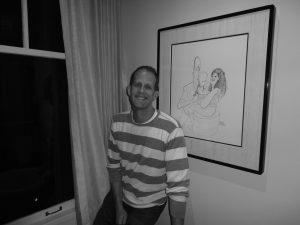 “On a daily basis, I get to work with amazing people who are incredibly talented,” Docter said. “They can do stuff that there’s no way I can do, and I’m just in awe.”
“On a daily basis, I get to work with amazing people who are incredibly talented,” Docter said. “They can do stuff that there’s no way I can do, and I’m just in awe.”
Docter considers himself a lucky guy. By doing what he loved to do growing up, he gets to do what he loves to do now, and gets additional perks such as going to the Oscars and having the whole world see his films.
“We have such a broad stage, such a huge platform to reach people. It’s amazing,” Docter said.
The publicity of Toy Story, the first movie Docter worked on, shocked Docter at first when he drove down the street and saw a billboard advertising it.
“That was weird. My feeling was that it was just a bunch of us making it for fun, but suddenly the whole world was aware of it,” Docter said. “Over the years, I’ve definitely gotten used to it, and am conscious that when I am making decisions about the way a film should go, I am not just making it for me, I am making it for people, an audience.”
Docter said that though his films are intended for his audience to respond in a positive way, he has to be the first audience. If he does not like it or identify with it, other people will not either.
The film that Docter is currently working on, Inside Out, which will be out in June 2015, follows this concept, as it takes place in the mind of an 11-year-old girl. She’s the setting and the characters are her emotions.
“It’s pretty fun because we get to go to places like Dream Production, where your dreams are created and Long-term Memory, where millions of your memories are stored,” Docter said. “Places that I think everyone has thought about, but no one has really seen before. I’m hoping that it will be kind of new, but also feel somewhat familiar to people.”
Docter said that like any artist, an animator tries to absorb life and details and capture that in his work.
“Even though this is animation, light and funny for kids, I try to put some of my own experience in there so that when people watch it they go, oh yeah, that’s the way I feel,” Docter said.

